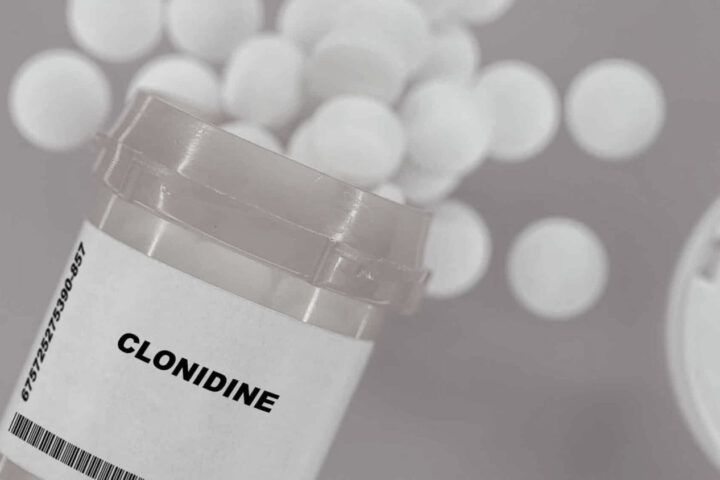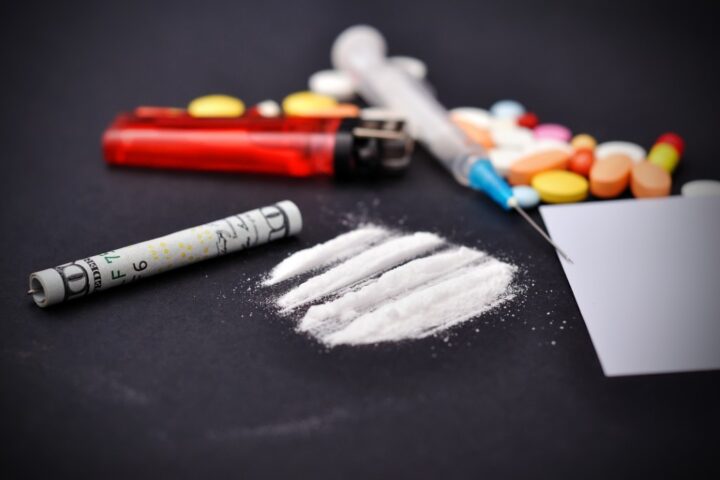Finding Success in Addiction Treatment Programs
Substance abuse programs are seen as ineffective by many people. This is often due to the difficulty in treating drug addiction. Drug and alcohol addiction is a challenging disease to treat because it affects the physical body and the emotional self. Success of substance abuse programs can be evaluated in a variety of ways.
Overview
How to Determine Success in a Substance Abuse Program
Determine the percentage of patients who remain in substance abuse treatment for at least 90 days. Patients who are being treated at least 90 days with a 83 percent chance of staying sober for a year.
Determine the percent of patients who follow up with the post-processing treatment. An average of 60 percent of patients who regularly attend after reading the following processing be complete abstinence from drugs and alcohol. This is in comparison to 40 percent of patients participating finishing sporadic and 30 percent of patients who never attend aftercare. Therefore, the higher percentage of patients taking part in a post-processing program after treatment, the higher the overall success of the treatment.
Ask about the relapse rate of patients 6 months after leaving treatment. On average, 22 percent of female drug addicts and alcoholics and 32 percent of male drug addicts and alcoholics relapse within six months after leaving drug addiction treatment. A lower percent recurrence rate will mean that the program is more successful than average.
Ask how many patients relapse in less than five years. An average of 54 percent of drug addicts and alcoholics relapse within 5 years of leaving a substance abuse treatment program. Some statistics better than that would mean massive success of the treatment center.
How to Rate rehab centers
Drug and alcohol rehabilitation centers / rehabilitation centers are two of the primary types. There hundreds of these facilities across the nation, both in hospitals and operates independently. Get the best care of these rehab centers when you need it is essential. The best way to ensure you get the best care is to visit the center you wish to attend and tour it, making notes, you can later use to evaluate and classify rehab center before you make a commitment to sign a loved one or you even on the treatment. Instructions
Call rehab center you plan to evaluate and rate.
Set up a time to visit the center. Ask if you will be able to meet with a counselor or therapist. Ask if you will be able to tour the facility. Bring a notebook with questions you have prepared in advance. Be sure to write down all the questions you can think of that will help you judge the rehabilitation service. When you arrive, ask for brochures or other printed material rehab facility awards, so you can compare what you actually see with what is offered or promised in the printed material.
Ask about the relationship one on one counseling and therapy sessions for group counseling and therapy. A good rehabilitation program will offer an equal balance of both. Ask to sit in a group session, if possible. Due to some laws on privacy, this can not be allowed, although some rehab centers can provide in certain circumstances.
Take a tour of the facility.
This can usually be arranged if you call and ask beforehand. Ask to see inpatient facilities, group meeting rooms and classrooms, the nurses station and all detox facility on site. You will also want to look at the kitchen and draw attention to the quality of the meals to customers. Ask what types of training are included in the program, and if the facility offers finishing.
Talk to as many people as you can, including the receptionist, cooks, counselors, and all other staff who may be able to answer questions for you. You can ask to speak with a client or two as well, just to get a perspective from someone using the rehab service. Some privacy typically prevents this, but it can be arranged in specific circumstances.
See as much of the treatment center as you can, talk to as many people as you can, and ask all the questions you can think of. This is the only way to effectively evaluate a rehab facility.



